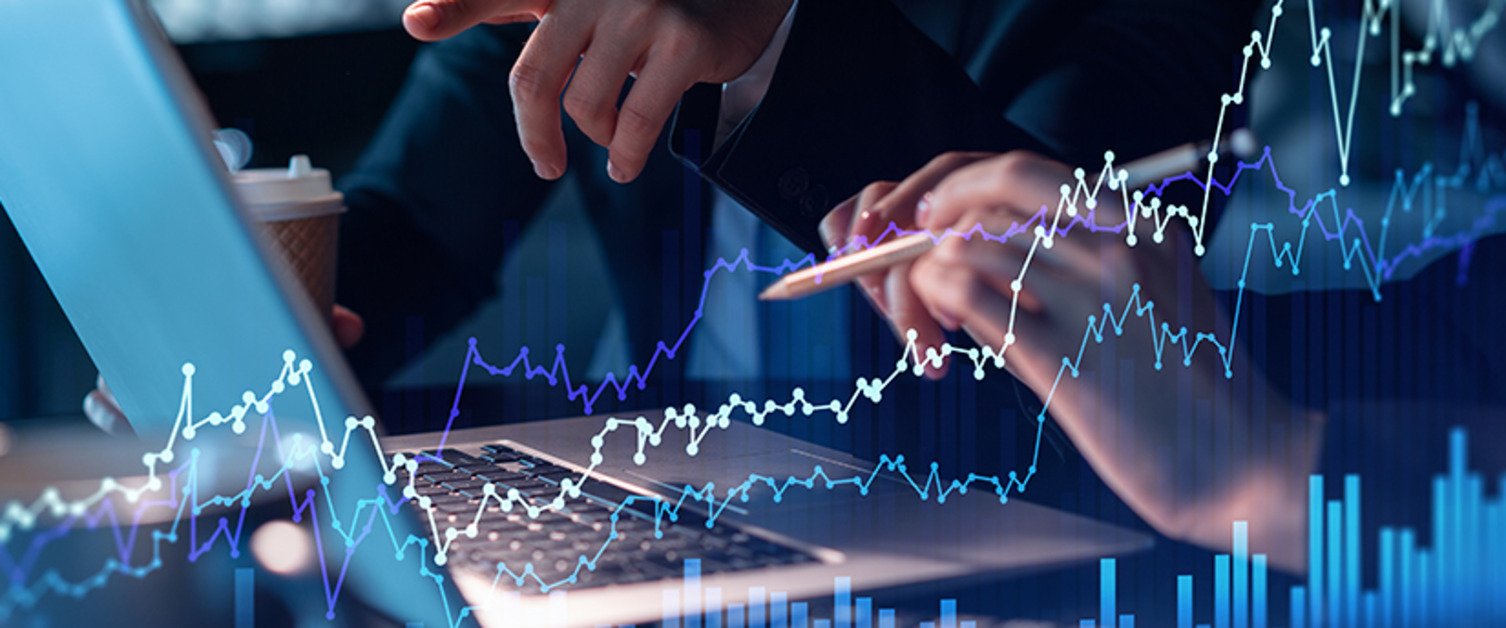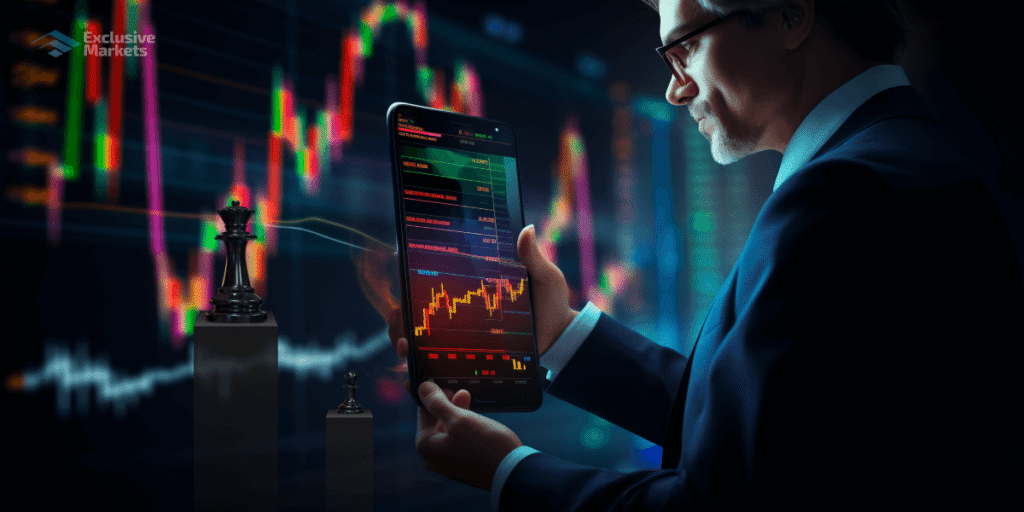Many beginners ask: how long does it take to learn forex trading? The truth is, there’s no fixed timeline, as it depends on your dedication, resources, and experience. Some traders grasp the basics in months, while mastering consistency often takes years. This guide breaks down realistic learning stages and timelines.
Key Takeaways
- Learning forex trading is a journey, not an overnight process.
- Basics can be learned in 1–3 months, but consistency often takes 12+ months.
- Practice, discipline, and emotional control matter more than raw speed.
- Mistakes like overtrading and skipping demo stages slow progress.
- A structured roadmap and community support can help speed up learning.

What Learning Forex Actually Means
When beginners ask how long it takes to learn forex trading, the answer depends on what learning really means. Learning forex isn’t just reading a book or watching a few videos. It’s about building knowledge, applying it in practice, and mastering the emotional side of trading.
There are two very different levels of learning:
Core Forex Concepts You Must Know
At the start, learning forex often means understanding the fundamentals:
- Knowing what a pip, lot, and spread are.
- Understanding how leverage amplifies both profits and losses.
- Learning how to use a trading platform like MetaTrader 4 or 5.
- Identifying when major market sessions open (London, New York, Asia).
This stage can be covered in a few weeks to a few months, depending on your study time. It’s the foundation, but it’s not enough to become a consistently profitable trader.
Building Consistency in Forex Trading
The deeper meaning of learning forex is about applying strategies consistently in real markets. This stage includes:
- Developing a tested strategy (trend-following, breakout, or swing trading).
- Practicing strict risk management by never risking more than 1–2% per trade.
- Building discipline to avoid impulsive entries and exits.
- Adapting strategies when markets shift (e.g., from trending to ranging).
This phase takes months to years, because it relies on real-world trading experience, not just theory. Many traders discover that emotional control like patience, fear management, and resilience matters more than technical skills.
The Hard Truth: Practice vs. Theory in Forex
Another key point is that knowledge alone doesn’t equal mastery. For example, you may understand candlestick patterns or Fibonacci retracements within weeks, but applying them under live market pressure is a completely different challenge. A trader must fail, reflect, and adapt to grow.
This is why many traders learn the basics quickly but spend months or years refining their consistency. The timeline isn’t just about education. It’s about emotional mastery and adapting to changing conditions.
The Forex Learning Curve: Stages & Timeline
The forex trading learning curve usually unfolds in three main stages.
Foundation (1–3 Months)
This is where you build the groundwork. In this stage, traders typically:
- Learn basic terminology (pips, spreads, leverage).
- Explore how currency pairs are quoted and move.
- Get familiar with trading platforms like MT4 or MT5.
- Understand risk vs. reward and market structure basics.
Time Estimate: With steady study (5–10 hours per week), most beginners grasp the foundation within 1–3 months.
Practice Stage (3–6 Months)
After the basics, you move to practice. This is where you turn theory into experience:
- Demo trading with virtual money.
- Testing different strategies (scalping, swing trading, etc.).
- Learning to use indicators like MACD, RSI, and moving averages.
- Building discipline with risk management (e.g., risking 1–2% per trade).
This stage is crucial because it’s where you make mistakes safely. Most traders spend 3–6 months here before going live.
Real Trading Experience (6–12+ Months)
Nothing compares to live trading. In this stage, you:
- Face real emotions like fear and greed.
- Learn to adapt strategies when market conditions change.
- Gain experience with slippage, spreads, and real risk.
- Work on consistency through journaling and reflection.
Most traders need at least 6–12 months of live experience before they become comfortable and possibly profitable. For some, the process takes longer, but patience pays.

What Determines How Fast You Learn Forex
Not everyone learns forex trading at the same pace. Some traders find themselves progressing within months, while others take several years. The difference often comes down to commitment, approach, and resources.
Below are the 5 biggest factors that influence how long it takes to learn forex:
The Role of Time in Your Forex Journey
The amount of time you dedicate each week has a huge impact. A trader who studies charts, reads materials, and practices for 10 hours weekly will inevitably progress faster than someone who only spends a couple of hours a month. Learning forex is like learning a language. The more immersion, the quicker the results.
Choosing the Right Learning Resources
Not all learning materials are equal. Free resources like YouTube can help with basics, but structured courses, books, and mentorship provide a clearer roadmap. A mentor, in particular, can shorten the learning curve by pointing out mistakes early, saving months (or even years) of trial and error.
The Role of Trading Style in Your Progress
Your chosen style also affects the learning curve.
- Scalping (fast, short-term trading) demands mastery of speed, precision, and discipline, usually taking longer to master.
- Swing trading or long-term trading allows more time for decisions, making it easier for beginners to learn and build consistency.
The more complex and high-pressure the style, the longer it takes to develop consistent results.
Experience Matters in Forex Learning
A background in finance, economics, or technical analysis can make learning forex faster. For example, someone familiar with charts or risk management principles already has an advantage. On the other hand, someone completely new to financial markets may need more time to understand even basic concepts.
Tools and Technology
Using the right tools can dramatically speed up learning.
- Trading simulators help you practice risk-free.
- Backtesting software allows you to test strategies quickly across years of data.
- Trading journals highlight patterns in your behavior so you can correct mistakes.
Common Mistakes That Slow Progress
While some factors speed up the forex learning curve, others can hold traders back for years. Many beginners unknowingly fall into these traps:
Overtrading
Taking too many trades without a clear plan is one of the most common mistakes. Overtrading often comes from excitement or impatience, but it leads to inconsistent results and emotional exhaustion. Quality always beats quantity in trading.
Skipping Demo Accounts
Some traders think demo trading is a waste of time and jump straight into live accounts. This usually leads to costly mistakes when emotions come into play. Demo trading is essential for building confidence and testing strategies without risking real money.
Ignoring Risk Management
A solid strategy can fail if you ignore risk control. Risking too much per trade often leads to blown accounts, even if your strategy is profitable long-term. Consistent risk management by only risking a max of 1–2% per trade ensures you stay in the game long enough to learn.
Chasing Quick Riches
The promise of getting rich quick in forex is one of the biggest traps. New traders often buy into flashy strategies or signals, only to be disappointed. This shortcut mindset distracts from real learning and delays progress. In many cases, it also causes emotional burnout when expectations don’t match reality.
5 Tips to Accelerate Learning Forex
If you’re asking how fast you can learn forex, the answer depends on how structured your approach is.
Here are 5 practical ways to speed up the learning curve:
- Follow a Study Plan: Dedicate regular weekly hours to structured learning.
- Keep a Trading Journal: Review every trade to spot patterns and errors.
- Focus on One Strategy: Master one approach before diversifying.
- Join Communities: Engaging with other traders provides feedback and accountability.
- Use Technology: Tools like trading simulators and backtesting software allow safe practice.
A Realistic Forex Learning Roadmap
Here’s a simplified roadmap to visualize the forex learning stages:
| Stage | Time Estimate | Main Focus | Outcome |
| Foundation | 1–3 Months | Basics, terminology, platforms | Understanding market mechanics |
| Practice | 3–6 Months | Demo trading, testing strategies | Building experience & discipline |
| Live Trading | 6–12+ Months | Real money trading, emotional control | Consistency & adaptation |

Conclusion
So, how long does it take to learn forex trading? For most people, 12–18 months of structured effort is a realistic timeline to build confidence and consistency. Some may learn faster, others slower, but with discipline, the process becomes achievable.
Brokers like Defcofx, offering global reach, fast execution, and swap-free options, provide the right environment for traders to apply what they’ve learned effectively.
Open a Trading Live AccountFAQs
Most beginners can learn forex basics such as terminology, charts, and platforms within 1–3 months of structured study.
Becoming consistently profitable usually takes 12–18 months of disciplined practice, though some may take longer depending on their dedication and resources.
The main stages are Foundation (1–3 months), Practice (3–6 months), and Real Trading (6–12+ months). Each stage builds on the last.
Yes. Having a mentor or joining trading communities can significantly shorten the forex trading learning curve by providing guidance and accountability.
Defcofx offers high leverage, a 40% welcome bonus, no swap fees, and fast withdrawals. These features create an environment where beginners can practice and grow without hidden costs.
Defcofx Forex Articles You Shouldn’t Miss
Discover powerful forex strategies in these top reads from Defcofx.


